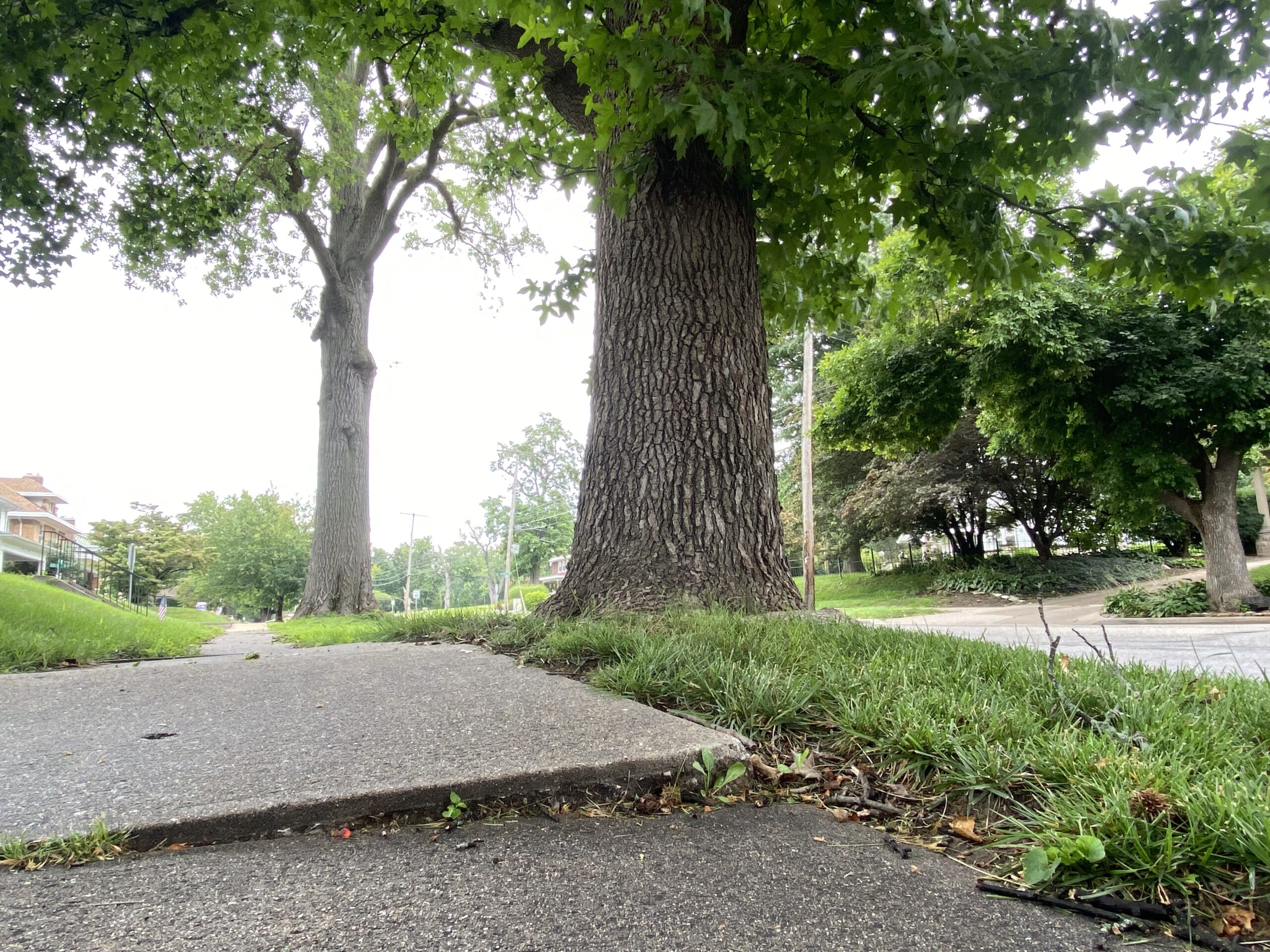The owner is a no-show at the hearing
QUINCY—Under the administration of Mayor Linda Moore, municipal officials were granted permission by the court to enter and clean up a nuisance property in a first-of-its-kind case.
Additionally, Judge Tad G. Brenner mandated that Tony Christ, the owner of 215 Sycamore, refrain from interfering in any manner with city employees or contractors.
Michael Seaver, Quincy’s Director of Inspections and Enforcement, described the decision as a relief.
Shortly after the ruling, Seaver told Muddy River News, “It’s good to get to the next step and get the city authorized to enter and abate the nuisance.” During the afternoon session, Seaver was the sole witness. The judge permitted the defendant until just before two o’clock to appear for the 1:30 pm hearing, and more than twenty photographs were admitted into evidence without objection.
The cleanup won’t happen right away.
Seaver acknowledged that it would likely take several weeks. With the resources at our disposal, we have already decided that we cannot accomplish it. Therefore, we will seek the services of an outside contractor to either complete the work or help us with it.
Judy Abbott, an assistant corporation counsel, listed infractions that went beyond the nuisance ordinance, such as the city’s junkyard laws and the abandoned cars.
Christ explained to MRN that he had gathered scrap in his backyard in order to earn money.
Abbott said that the area is zoned R-2 for two-family homes, which prohibits junkyards and scrapyards of any kind.
After the hearing, Seaver said, “Our ordinance has a pretty broad definition of litter which includes building materials, demolition debris, and vehicle parts, regardless of condition.” Therefore, we usually avoid discussing whether it is valuable or not. Simply put, these items are not permitted on the exterior of residentially zoned land.
Seaver was questioned by Judge Brenner on a structure on the property that city inspectors claim was completely filled with tires. Specifically, the way the tires were dumped upon the grounds.
According to Seaver, it was a ten-by-ten shed that was stacked all the way to the top. That kind of illustrates why zoning and nuisance rules are in place. Diseases do exist in those things. Whether it’s disease-carrying insects, rodents, or overgrown grass or buildup. Those accumulations are usually home to those things.
In court, it was also revealed that the city allowed Christ more time than normal to tidy up his house on this final occasion.
According to Seaver, the property has received multiple notifications throughout the years.
This time, Christ was allowed 21 days to clean up instead of the customary seven. The city took him to court when nothing changed.
The judge’s order also required Christ to completely comply when contractors came to remove the objects in his backyard, which included plastics, scrap metal, appliances, and barrels of rubbish, according to court testimony. City employees also observed a motor home and non-operational motorcycles on their most recent visit. A tree was growing through the trailer hitch, and there was what looked like a hot tub and a truck full of metal parts that were sinking into the ground. Seaver guessed it was because the vehicle had been left unattended for so long or because the metal in the rear was so hefty.
Over the course of several years, we have issued four infractions in this specific matter. According to Seaver, this was by no means a novel case. We’ve taken this case to this extent for the first time, but there will be many more in the future.
Although inspectors are vigilant in identifying ordinance breaches, Seaver noted that other neighborhood residents were the ones who initially reported this house.
He encouraged other property owners to cooperate with the city if they had received similar notifications.
Getting cooperation and conformity is our primary goal. Therefore, get in touch with us right once if you receive a notification and there are any extenuating circumstances. We’d like to collaborate with you. Instead of taking this approach, we would like to try to find a solution. But we will definitely take this way if it is necessary.
Seaver stated that property owners will bear the expense of the cleanup, as he initially mentioned in last Tuesday’s sMinutes with the Mayorpodcast on MRN.
At the finance committee meeting on Monday night, City Council member Greg Fletcher (R-1) proposed that a greater portion of the city’s 3% cannabis tax go toward nuisance abatement, perhaps as much as 50%, to ensure the program doesn’t run out of funds.
Earlier in the day, Fletcher expressed his excitement over the precedent-setting decision while in the courtroom.
At least ten properties in Wards 1 and 2 need to be cleaned up, Fletcher added, adding, “We’re tired of the crap we’re seeing.” The Gem City is this. I don’t want my finances to run out. We’re doing well.
Due to proprietary reasons, the State of Illinois prohibits the public disclosure of pot tax revenue, therefore it is unclear exactly how much money that would amount to.
The committee will review his proposal once more the following month.
An ordinance giving the inspections department extra authority was first read by the whole council when they convened around an hour later. There would be no financial impact, according to the mayor, and as the program would be independent of planning and development, the nuisance team would be able to expedite the procedure and open the door to closer program management.
Mayor Moore warned, “Be careful, we’re coming after you if you have a problem property.” Enforcement will keep becoming more robust. Clean up your properties today to avoid going to court.











